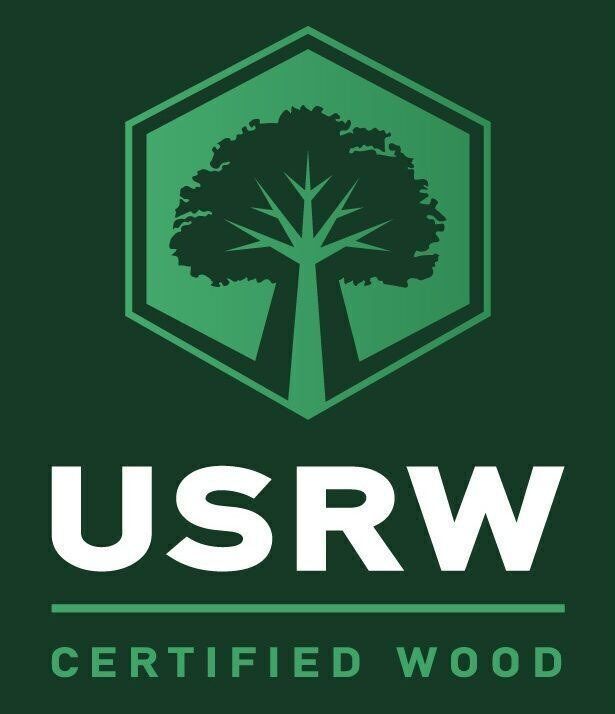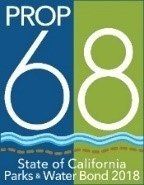USRW CERTIFIED WOOD STANDARDS
Appendix A– The Urban Lumber Drying Standard
According to the USRW Standards when urban wood is sold, it must be classified and declared under one of the following designations for full disclosure to the customer.
Green lumber (Green) – Sold as is, (frequently within 30 days of being sawn, and usually has not been stickered). Buyer beware, to utilize this wood it has to be dried properly to produce quality products in most cases, there are exceptions, depending upon the application. The sooner boards are stacked and stickered after sawing the less potential there is for checking and other defects to occur while the wood is drying unrestrained. (End seal is recommended on logs as soon as cut to prevent end checking and rapid moisture loss.)
Air dried lumber (AD) – Needs to be properly stacked and stickered to minimize checking and uniform drying, less than 18% moisture content is a typical threshold which can be as low as 10% in some parts of the country, this is very dependent on the climate in your region, for more information go to the following website:
https://www.fpl.fs.fed.us/documnts/fplgtr/fplgtr117.pdf
A general rule of thumb is one year per every one inch of thickness in hardwoods and six months for every inch of thickness in softwoods, which is why you will sometimes see a cut date on wood. But a moisture meter is the best way to estimate the moisture content. (Air drying will not set the pitch, and will not eliminate any pest and insects that may be in the wood so great care must be taken when using this material. Below the fiber saturation point (27 – 30 % MC) movement in lumber can be expected as the wood adjusts to EMC.) This can also include shed dried lumber which can produce less checking and weather damage.
Kiln dried lumber (KD) – 6% to 10% moisture content is a typical threshold but again climate can affect this with 5% being achieved in certain parts of the country. There are many kiln options including; solar, dehumidification, RF, vacuum, and traditional kilns. Depending on the type of kiln, the temperatures and duration used can vary greatly. The species of wood (density) and the starting moisture content will also greatly affect the temperature and/or duration needed. Kiln drying may or may not meet the APHIS requirements for heat treating which means that kiln drying doesn’t always sterilize the wood from insects.
Kiln Dried Lumber Sterilized (KDS):This is frequently done at the end of a drying cycle be it air or kiln. The rule of thumb is that a kiln temperature of 140F for 2 hours to reach that core temperature on 4/4 to 6/4. 4 hours on 8/4 and 12 hours for a large timber. The actual time depends on moisture content of the wood, wet bulb temperature and air circulation. Although this is not certified as HT, if done properly it can reduce the spread of pests globally.
Heat treated (HT): This is above and beyond kiln drying in that it is used to certify that wood has been sterilized when it is susceptible to various insects (i.e., EAB), this is linked to “temperature and duration” meaning how long was the wood treated at a certain temperature. This is a special certification that must be obtained from the appropriate state agency before a product can be identified as: “heat treated.” International Standards For Phytosanitary Measures No. 15 (ISPM 15) a minimum heat treatment of “a minimum of 56 °C (133 °F) core temperature for a minimum of 30 minutes”. (note; just because a kiln reaches a temperature of 56 °C (133 °F) does not mean the core of the product you are drying reached that temperature and it has therefore not been sterilized) Heat Treated wood is considered sterilized wood, however that does not necessarily mean the wood is dry.
*see
Terms and Definitions for EAB, APHIS, and EMC
For more information refer to the following drying references:
- Drying Hardwood Lumber (fs.fed.us)
- Air Drying of Lumber (fs.fed.us)
- Dry Kiln Schedules for Commercial Woods - Temperate and Tropical (fs.fed.us)
- Dry kiln operator's manual (fs.fed.us)
- Quality drying of softwood lumber





